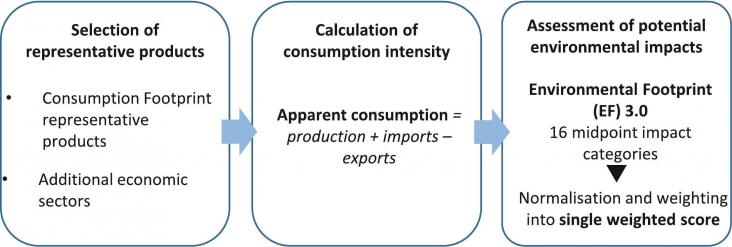
To mark International Day for Biological Diversity 2023, Elsevier, launched a free to download report that takes an in-depth look into Dutch biodiversity research in comparison to other nations.
This chapter aligns with Goal 3: Good Health and Wellbeing, Goal 12: Responsible Consumption, and Goal 15: Life on Land by acknowledging how the conservation of water resources is imperative to the continued sustainability of life, particularly in arid regions. By utilizing resources in a highly managed, efficient and targeted way for agricultural purposes there is less lost to waste.
This chapter aligns with Goal 3: Good Health and Wellbeing and Goal 15: Life on Land by considering best practices for using anesthesia on laboratory animals to promote laboratory animal welfare.
This chapter aligns with Goal 3: Good Health and Wellbeing and Goal 15: Life on Land by discussing the ethical considerations of using laboratory animals as test subjects.
This opinion highlights how tapping into natural biodiversity, while incorporating information about local environmental and climatic conditions, enables crop production in marginal soils.
This study provides a better understanding of the burrowing behaviour of the sub-legal size clams discarded on the sediment after being disturbed and contributes important data to improve practices for minimizing mortality of dislodged clams that are discarded on the sediment surface.
Results from this study contribute to define a complete set of environmental and social data and information, which can help European decision makers to define new criteria for sustainable management of the waste plastics of interest. A new methodological approach has been proposed: it appears able to be applied in future research projects involving innovative management options.

This paper explores the potential implementation of the Consumption Footprint rationale to define a footprint indicator for the EU Bioeconomy, henceforth ‘Bioeconomy Footprint’. This indicator can be a powerful tool for a comprehensive and effective monitoring of the bioeconomy sectors: to capture environmental impacts over time, identifying environmental hotspots, highlighting geographic and sectorial trade-offs, and identifying burden shifts among impact categories and along the supply chain.
This study aims to identify the factors that constrain and enable the sustainability of reusable packaging systems, considering environmental, economic, social and technical dimensions. This research is critical to the effective implementation and scale-up of reusable packaging systems.
This article links with the United Nations Sustainable Development Goals (SDGs) by addressing Goal 11 (Sustainable Cities and Communities) and Goal 15 (Life on Land), as it examines how urbanization affects biodiversity and the traits that enable bird species to adapt to urban environments. By developing a predictive framework for urban tolerance, the research contributes to conservation efforts aimed at preserving biodiversity in increasingly urbanized landscapes, thereby promoting sustainable coexistence between human populations and wildlife.
